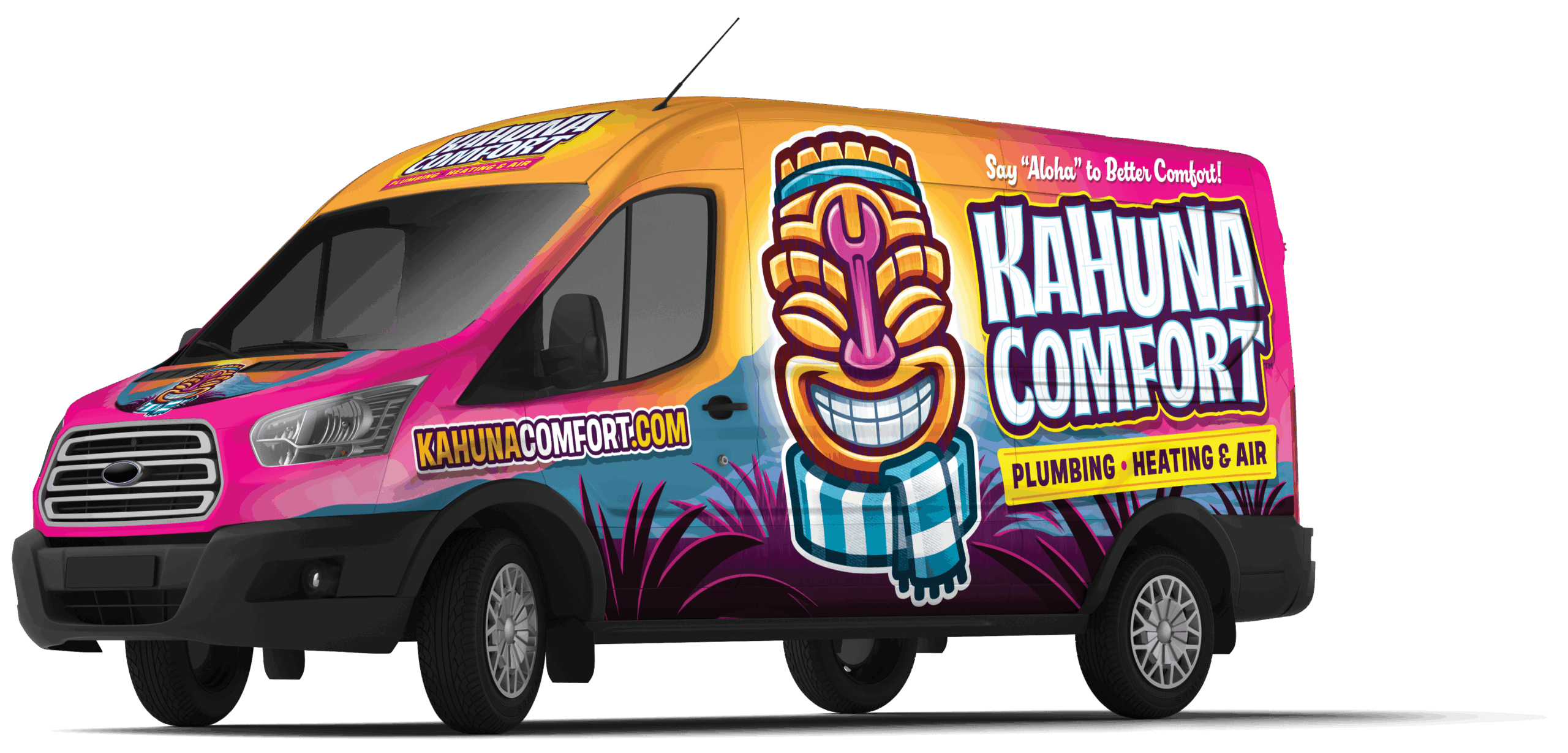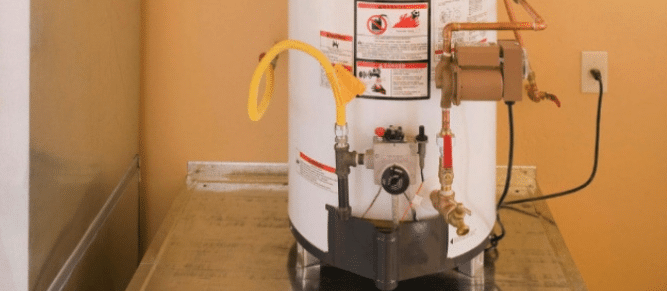Why Is My HVAC System Making a Buzzing Sound?
Why is your HVAC system making a buzzing sound? Understanding the common causes of system noises can help you determine whether it’s time for a simple fix or professional help.
While some operational sounds are normal, distinct buzzing often signals an underlying issue.
Identify the Common Causes
Understanding the underlying cause helps you address the problem before it leads to costlier repairs or a complete system failure.
When your heating or cooling system starts making strange sounds, several components could be the culprit. The sound typically indicates something isn’t functioning properly, potentially compromising efficiency and the system’s lifespan.
Here are the most frequent causes of buzzing noises.
- Compressor malfunctions, causing irregular operation
- Electrical voltage imbalances affecting performance
- Loose or damaged AC parts, vibrating during operation
- Debris trapped in the unit, interfering with components
- Refrigerant leaks, creating pressure imbalances
A properly functioning HVAC system should operate with minimal noise, so persistent buzzing warrants investigation. Regular maintenance can prevent many of these issues, saving you money and extending your system’s operational life.
Check Your System for Quick Solutions
Before reaching for the phone, check a few things yourself to identify or resolve minor issues. Start by ensuring your air filter is clean and unobstructed. A clogged filter restricts airflow, leading to system strain and unusual noises.
Examine your outdoor unit for obvious debris like leaves or vegetation growing too close. These obstructions can interfere with the fan and create buzzing sounds.
Also, check that all visible panels and covers are properly secured. Loose panels can vibrate during operation, creating strange noises that you might mistake for serious problems.
Know When Buzzing Sounds Mean Serious Trouble
Why is your HVAC system making a buzzing sound? Sometimes, the culprit can be serious mechanical failures requiring professional attention.
For example, condenser fan motor issues often present as buzzing accompanied by poor cooling. When the fan motor struggles, it creates a distinctive buzz while failing to properly cool the refrigerant in the outdoor unit.
Restricted airflow or refrigerant problems can lead to coil freezing, leaving you with a frozen air conditioner unit. When components freeze, the expansion of metal parts combined with struggling motors creates buzzing sounds.
Isolation foot deterioration may occur when the rubber mounts supporting your compressor break down. Without these cushioning elements, the compressor makes direct contact with the metal frame, amplifying vibrations.
All of these concerns require an inspection and repairs from a certified technician. If your initial DIY fixes above do not resolve the buzzing, schedule expert repairs immediately.
Kahuna Comfort Can Silence Your HVAC Worries
At Kahuna Comfort Plumbing, Heating & Air, we specialize in diagnosing and repairing all types of HVAC system noises, from minor annoyances to serious malfunctions. Our technicians identify issues with precision and recommend only necessary repairs.
Why is your HVAC system making a buzzing sound? Call Kahuna Comfort Plumbing, Heating & Air today at (714) 426-9207 to find out!



